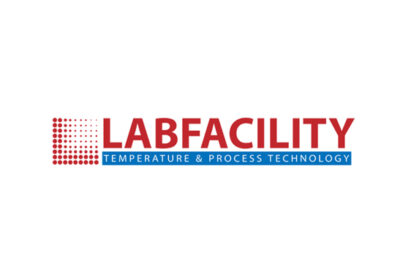Stackable 3D printers may hold the key to a faster yet more cost-effective design and manufacturing process. But what is stackable 3D printing? And how does it work to benefit businesses and meet their printing needs? To answer these questions, CEL has released a new white paper, ‘Stackable: the key to faster and more accurate 3D printing’.
The paper provides designers and engineers with useful guidance on how to test and realise their ideas more quickly, from CAD packages through to three-dimensional products.
“Stackable 3D printers are a simple solution to some of the biggest challenges in rapid prototyping and additive manufacturing. This is because design and product engineers can benefit from the speed, accuracy, reliability and space-saving that a multi-printer stackable system can offer,” explains Chris Elsworthy, CEL’s MD and Lead Mechanical Engineer and author of the white paper. “At CEL we believe in enabling businesses to think big no matter how small they are and unleash their creativity at a cost they can afford, which is exactly what stackable 3D printers can do.”
The white paper outlines some of the issues that typically arise when using single machines. It explains how a multi-machine stackable system is far better placed to streamline the design workflow and become an integral part of the design toolset.
The paper also outlines how using a network of small, desktop 3D printers rather than one large one will save time, increase accuracy and reliability and can be scaled to fit a budget.
Download the white paper ‘Stackable: the key to faster and more accurate 3D printing’ here.








